This Friday brings the arrival of Sin City: A Dame to Kill for, the long-awaited follow-up to directors Robert Rodriguez and Frank Miller’s 2005 adaptation of Miller’s popular Sin City graphic novels. Despite the fact that the first film earned more than $158 million worldwide and critical acclaim, buzz surrounding the sequel’s theatrical debut hasn’t been nearly has enthusiastic as one would expect.
Likely this wouldn’t be the case if the film had been released a few years back, as a quick examination of exactly why audiences aren’t clamoring for more of Miller’s neo-noir universe on the big screen reveals. So, for your reading pleasure, here are 5 reasons why Sin City: A Dame to Kill for is late for a very important date.
A Cast Full of Fading Stars
Back in 2005, Jessica Alba was the hot new thing. That same year, she brought her vacant expressions and curvy physique to the role of Sue Storm (a.k.a. the Invisible Woman) in Fantastic Four. However, times have changed, and the fact that Alba is front and center on the poster for the new Sin City makes the film feel more like an homage to that moment just before Alba’s career stalled out in a big way. Mickey Rourke too has seen his career rise and dwindle back down again, and both Brittany Murphy and Michael Clarke-Duncan (replaced in the new film with Dennis Haysbert of 24 fame) have tragically passed away. Only a handful of stars are returning for the sequel, mostly due to storyline, and while A Dame to Kill for is bringing in acclaimed talent like Eva Green, Josh Brolin and Joseph Gordon-Levitt to fill out its cast, the film can’t help but feel like it’s trying desperately to feel relevant.
It’s Not Easy Being Green (Screen)
When the first Sin City hit theaters, its surreal style – designed to replicate the look of Miller’s graphic novels – was still somewhat novel, as experimental flops like Sky Captain and the World of Tomorrow can attest. Using nearly all green screen sets (the same technique used by George Lucas’ Star Wars prequels), Rodriguez was able to keep the film’s budget to a minimum by filming his actors separately and superimposing them in the same shot in post-production. More importantly, it gave him the ability to control every detail of the film’s very specific aesthetic, essentially using the pages of Miller’s work to storyboard each scene. However, in the 11 years since, this all-digital backdrop style has become incredibly commonplace, and in fact, Miller’s own The Spirit used the exact same blending of green-screen black-and-white footage interspersed with splashes of color.
The Directors Desperately Need a Hit
Before Sin City, Rodriguez delivered several hit films, including Desperado, From Dusk Till Dawn and Once Upon a Time in Mexico. Since, however, he’s made three critically panned children’s films (including the fourth Spy Kids film no one asked for), contributed to the ambitious failure of Grindhouse and expanded fake trailer Machete into its own film. While that last film proved to be a hit, its sequel Machete Kills brought in only $15 million worldwide. As for Miller, he parlayed the success of Sin City into a directing gig on the disastrous adaptation of The Spirit, his only other directing gig. Although he produced both films based on his 300 graphic novels, Miller certainly has something to prove, as many fans consider the legendary creator of seminal Batman comic The Dark Knight Returns far past his prime. The new Sin City could mark a resurgence for both directors or the final nail in the coffin of their film careers.
An Industry Changed
Christopher Nolan’s Batman Begins hit theaters the same year as Sin City, but it wasn’t until 2008 that its sequel, The Dark Knight, and Marvel’s Iron Man jointly marked a new age for comic book films, one without campy theatrics, one-liners and invulnerable supermen. Thanks to the precedent set by other action heroes like Matt Damon’s Jason Bourne and Daniel Craig’s James Bond, the current cinematic landscape focuses more on humanizing our comic book characters and making their world seem as tangible as possible. Even this year’s space adventure Guardians of the Galaxy devoted its opening scene to laying a realistic groundwork for its lead character. Also, R-rated action fests are largely on the decline, with both the latest Expendables and Robocop films turning to toned-down PG-13 ratings. Even fan favorite comic book film Dredd famously underperformed with a hard R. Do the math, and it all adds up to an industry that might not really have a place for Sin City any longer.
Hype Has Come and Gone (and Come and Gone)
Whenever a major studio blockbuster hopeful is on its way into theaters, the public at large is faced with a deluge of marketing materials and hype surrounding the project. But in the case of Sin City, fans’ excitement has been teased so many times with false starts, unconfirmed reports and all manner of teasing that a sequel is imminent. By the time that the film was finally confirmed, a sizeable percentage of moviegoers likely still harbored some hesitation about whether or not they should let themselves become enthused at the prospect of spending more time with Miller’s out-there creations. The old saying “Always leave them wanting more” is usually a piece smart advice when building a film franchise (Dawn of the Planet of the Apes is one recent example that springs to mind), but in the case of Sin City, the sad fact is that the film may be Hollywood’s latest example of “too little, too late.”
After nearly a decade of waiting, are you still excited for more Sin City, or has Rodriguez and Miller’s window of opportunity passed? Let us know your thoughts, hopes and expectations for the film in the comments section below.

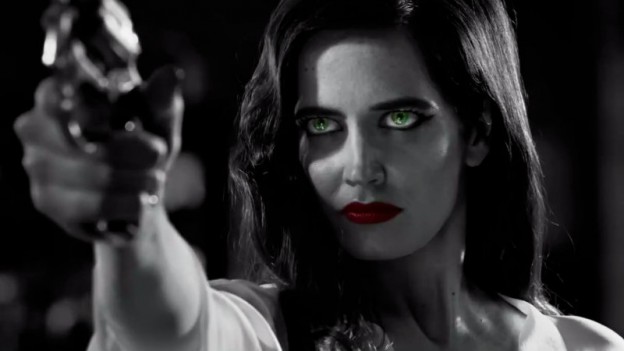
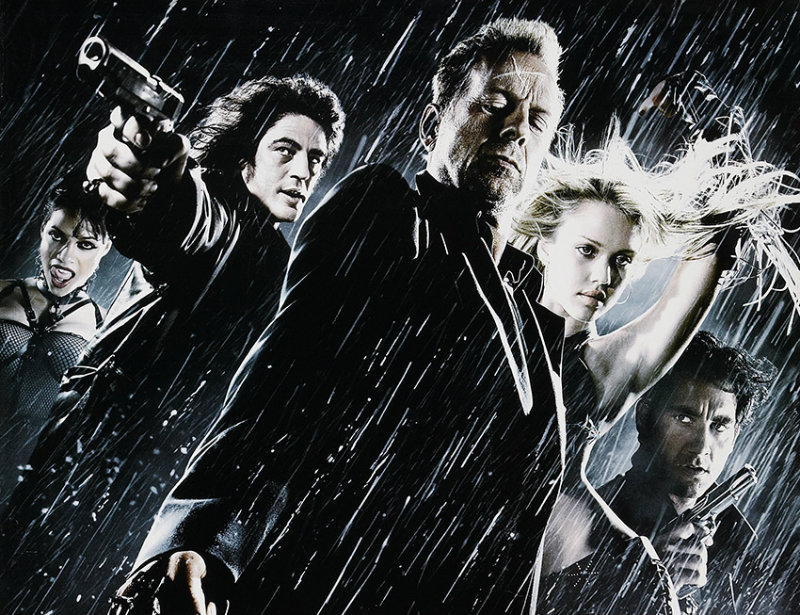
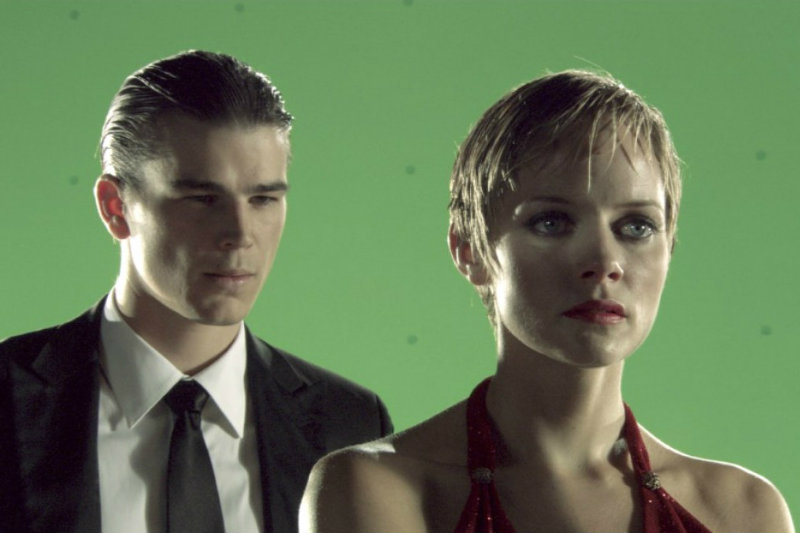
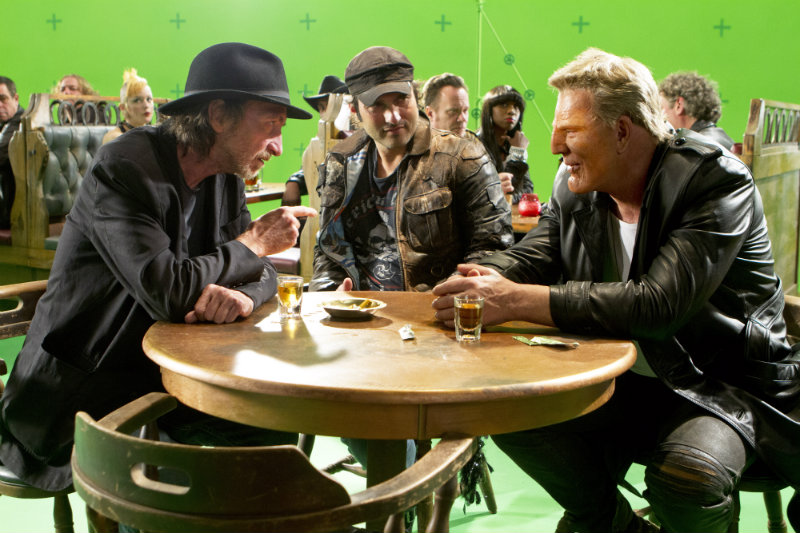
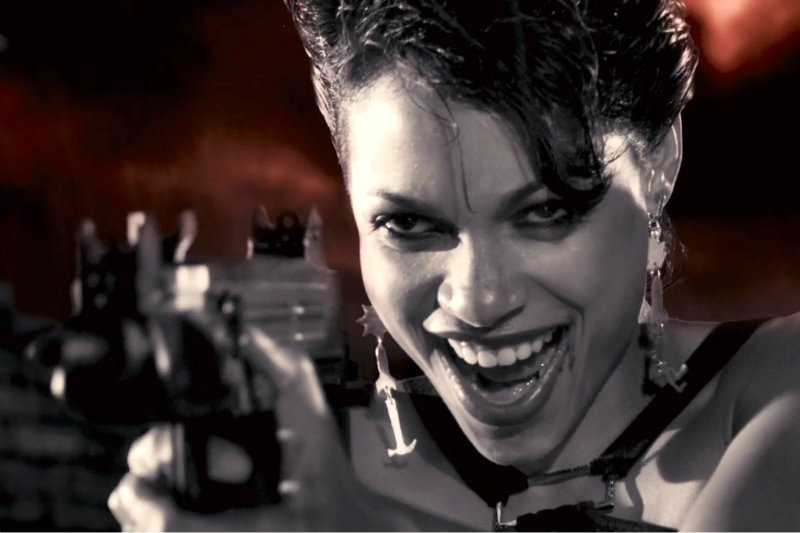
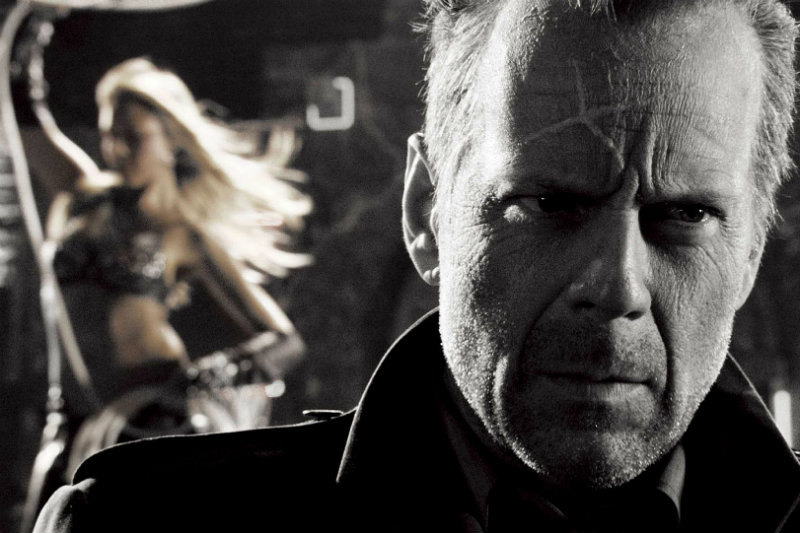
Great review!